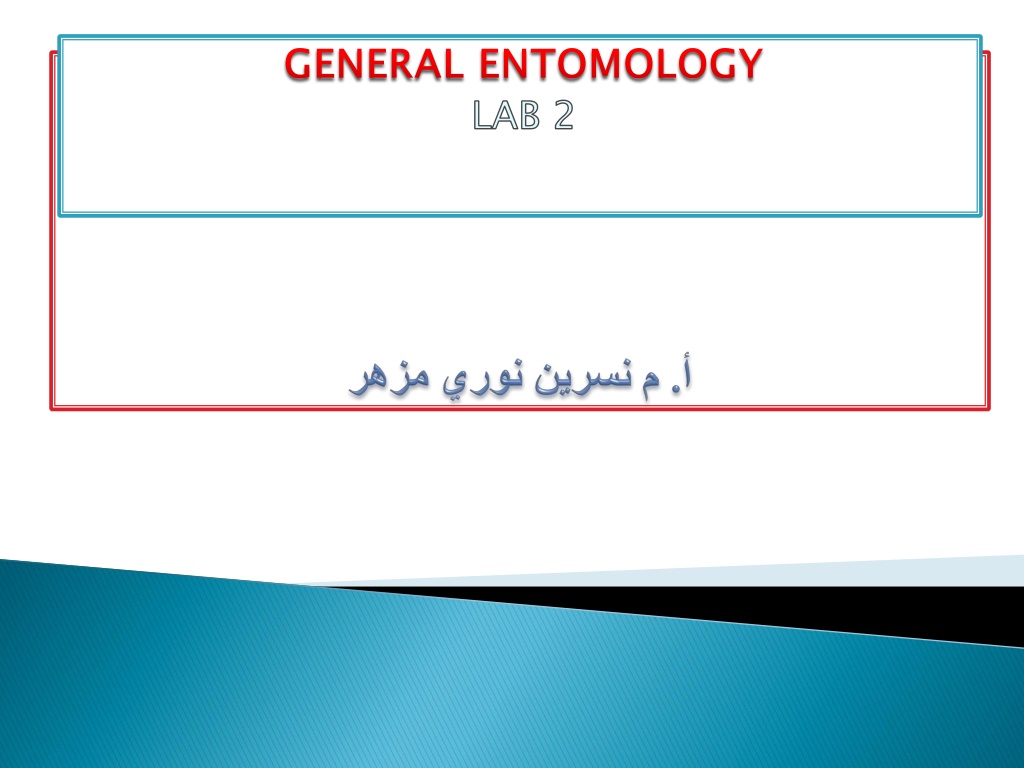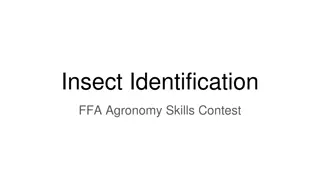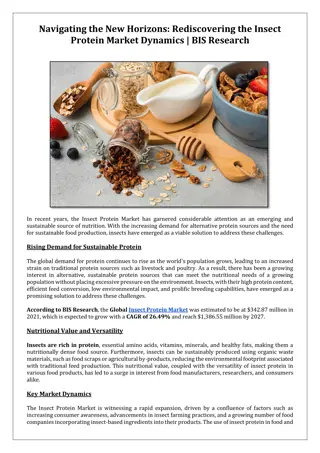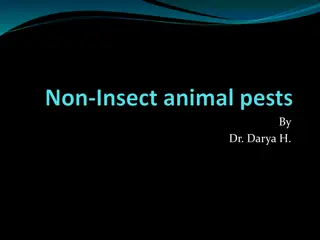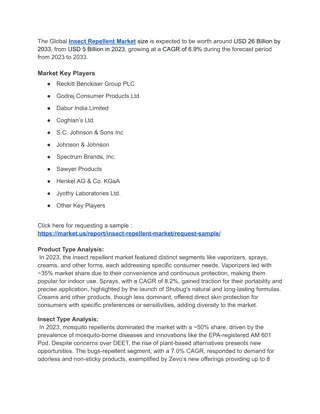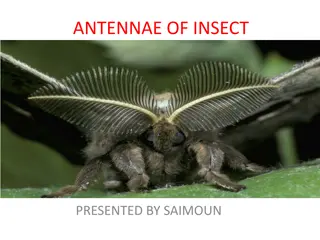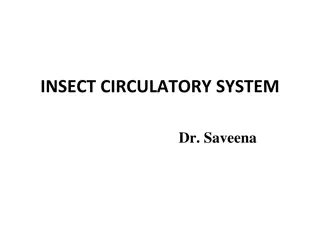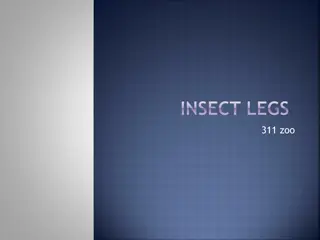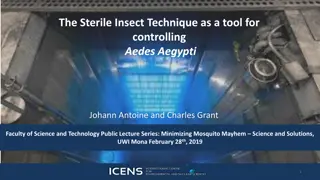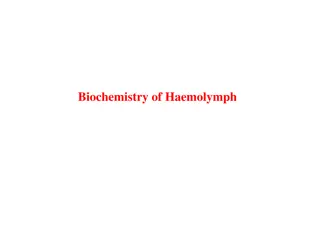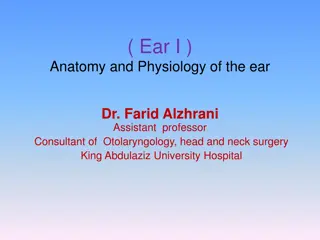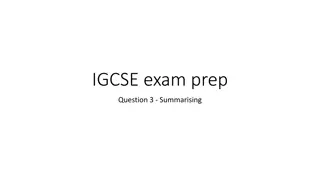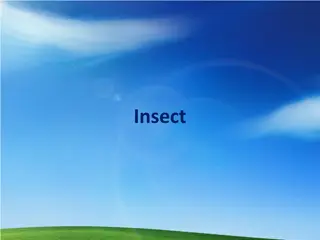The Anatomy of an Insect Head: A Detailed Look
Explore the intricate structures of an insect head, including the segmentation, sclerites, sutures, and specialized features like the occiput and ocular sclerites. Discover the unique characteristics that define the head capsule in insects through frontal, lateral, dorsal, and posterior views, shedding light on the fascinating world of entomology.
Download Presentation

Please find below an Image/Link to download the presentation.
The content on the website is provided AS IS for your information and personal use only. It may not be sold, licensed, or shared on other websites without obtaining consent from the author.If you encounter any issues during the download, it is possible that the publisher has removed the file from their server.
You are allowed to download the files provided on this website for personal or commercial use, subject to the condition that they are used lawfully. All files are the property of their respective owners.
The content on the website is provided AS IS for your information and personal use only. It may not be sold, licensed, or shared on other websites without obtaining consent from the author.
E N D
Presentation Transcript
GENERAL ENTOMOLOGY LAB 2 GENERAL ENTOMOLOGY
The head of insect originated in the develops in embryonic period process 5 segments united in one part forming head capsule. EXTERNAL VIEW OF THE HEAD We will take the head in three direction : Frontal view 2- lateral view 3- dorsal view Frontal view: the head have 5 segment united together in one part called cranium
1. Frons :- largest sclerite in the face , location between vertex and clypeus , 2. Vertex :- small sclerites, location top of the head between the compound eyes 3. Clypeus :- medium sclerite, location between frons in the top and mouthpart in the bottom 4. Gena and Sub gena :- small sclerite , lies in the lateral side of clypeus and frons. .5
Posterior view of head Occiput:- it is an inverted U shaped structure representing the area between the epicranium and post occiput. Post occiput:- it is the extreme posterior part of the insect head that remains before the neck region. Occular sclerite:- these are cuticular ring like structures present around each compound eye. .1 .2 .3
Sutures The common sutures present in head are :- - Clypeolabral suture : it is the suture present between clypeus and labrum. It remain in the lower margin of the clypeus from which the labrum hangs down . - Frontoclypal suture or epistomal suture : the suture present between clypeus and frons . - Epicranial suture : it is an inverted Y shaped distrbut above the facial region extending up to the epicranial part of the head. It consists of two arms called frontal suture occupying the frons and stem called as coronal suture . This epicranial suture is also known as line of weekness or ecdysial suture during the pocess of ecdysis. - Occipital suture : it is U shaped or horseshoe shaped suture between epicranium and occiput.
Post occipital suture : it is the only real suture in insect head. Posterior end of the head is marked by the post occopital suture to which the sclerites are attached. As this suture separates the head from the neck, hence named as real suture. Genal suture : it is the sutures present on the lateral side of the head i.e. gena Occular suture: it is circular suture present around each compound eye . Antennal suture: it is a marginal depressed ring around the antennal socket.
Orientation of the head 1- Hypognathous :- the long axis of the head is vertical. at right angle to the long axis of the body .the mouthparts point downward e.g. grasshopper , cockroach. 2- Prognathous :- the long axis of the head is horizontal and in line with the long axis of the body, the mouthparts are directed forwards e.g. beetle. 3- Opisthognathous:- the head is reflexed ventrally so that the mouth parts are directed backwards between the coxa of the front legs e.g.: Red cotton bug
